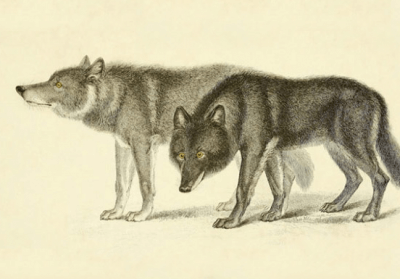Semyonova, A, October 2016, Selling a lobbying pamphlet as science: Analysis of the May 15, 2014 AVMA pamphlet “Literature Review on the Welfare Implications of The Role of Breed in Dog Bite Risk and Prevention.” An analytical paper that accompanied, “Back Story of the Montreal Pit Bull Ban, What the Vets Omitted and Cited in Their Report and How the Pit Bull Lobby Operates” published at DogsBite.org.
Introduction: The principle use of this document is to frustrate any community efforts to pass breed specific legislation. The American Veterinary Medical Association (AVMA) is trying to sell this political pamphlet as a scientific document. It’s therefore important for policy makers to be aware of the many scientific flaws this document contains.
Summary: This pamphlet is not a literature review. It contains not a single word about animal or human welfare. It misrepresents the research question: Breed-specific legislation (BSL) is not concerned with simple dog bites. BSL is always aimed at getting catastrophic maulings and fatal attacks by dogs under control. Since ordinary dog bites are not the issue, this pamphlet can be discarded as irrelevant to any discussion of BSL. As for content, this pamphlet contains no science. It is merely the repetition of a series of unfounded platitudes copied straight from the pit bull lobby’s widely distributed list of talking points. The many footnotes and long list of references does not add quality: The references are cherry-picked to exclude articles that are relevant to the issue of catastrophic and fatal maulings by dogs, all of which reveal that the pit bull type has always dominated this type of attack. More than half of the references date from the previous century, when pit bulls were extremely rare. Almost half of the referenced articles were written by people who are active in, employed by, or have other financial or career ties to pit bull advocacy. The tables included in the study are put together in a way that disguises rather than reveals any information the cited studies contained. Closer examination shows that both the references and the tables actually support the effectiveness of BSL in preventing catastrophic maulings and fatal attacks. Finally, the last two sections of this pamphlet contain several outright falsehoods, that are explained in this detailed analysis.
Note: When the term ‘pit bull type’ is used, it does not refer to any kennel club ‘breed’. Herein, ‘pit bull type’ is defined as the biological and genetic population that is descended from or (by mixing) closely related to the original bull- and bear-baiting, pit-fighting bulldog types that were used for blood sport entertainment in 17th century England. This is the only valid definition of ‘pit bull type dog’ that population genetics allows.

AVMA: The Role of Breed in Dog Bite Risk and Prevention – May 15, 2014


